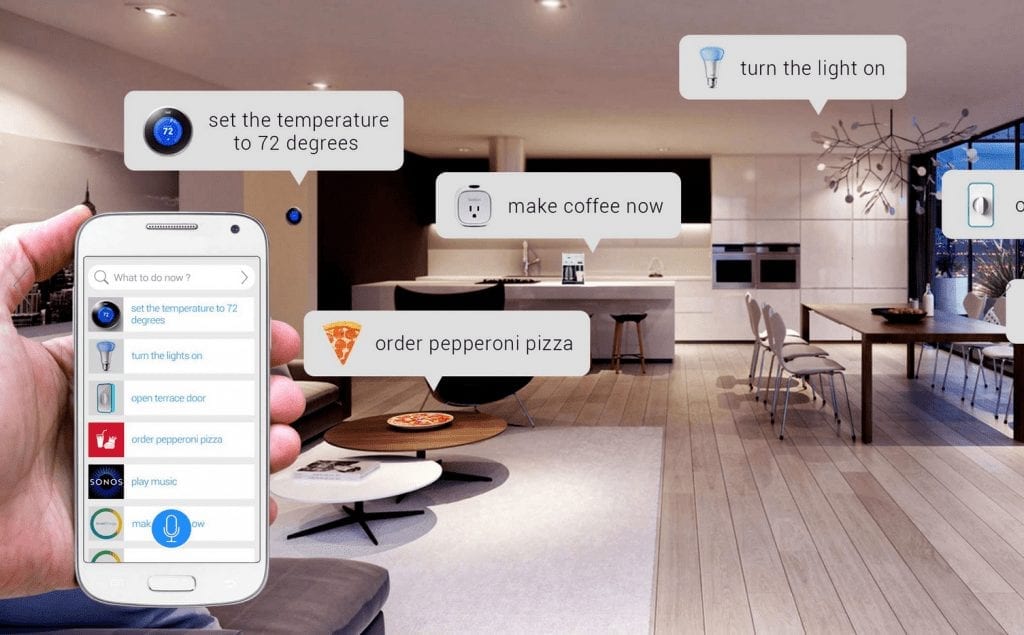
Asia’s smart home market is on track to grow to $115 billion by 2030, accounting for 30% of the global market, according to a report released by global management consulting firm AT Kearney.
The report, “The Battle for the Smart Home: Open to All,” noted that growth will be driven by China and Japan, with highly-connected economies such as Singapore, South Korea, and Taiwan also playing a key role.
“Asia’s socio-economic landscape provides a great opportunity for the region to be a global driver of growth in the smart home sector over the next few years,” said Nikolai Dobberstein, partner and Asia-Pacific head of communications for media and technology at AT Kearney and a co-author of the report.
“Japan, which is already among the top five global markets in terms of smart home penetration, will see continued growth driven by an ageing population enticing households to install health and wellness solutions. The opportunity in China is even greater with a phenomenal number of households seeing increased incomes, and a strong local manufacturing and technology ecosystem,” he added.
Meanwhile, South Korea, Taiwan, and Singapore are all expected to have a high penetration of smart homes given the large proportion of high-income households and the data connectivity in these economies.
The study noted that the idea of the connected, intelligent home is becoming a reality in Asia due to four major shifts that are accelerating market expansion.
The first is connectedness and intelligence. The advancements in technology and processing power of smartphones has seen homes become much more connected. The addition of big data and artificial intelligence is also improving usability of smart home application drastically.
Second is interoperability. The increasing interoperability among products from different manufacturers is making home applications more broadly useful to consumers. Advancement of APIs, industry alliances and efforts to standardize communication of applications are proliferating across the smart home ecosystem to drive progress.
Product availability and cost are also factors. Nearly every aspect of home living is already covered by automated products, 80% of which are now commercially available in ‘smart’ form. Meanwhile, rapid cost reduction trends of key technology components is making smart home applications more affordable.
Lastly, new monetization models of smart home applications are opening up to wider networks such as electricity grid, the internet, and real world service ecosystem.

